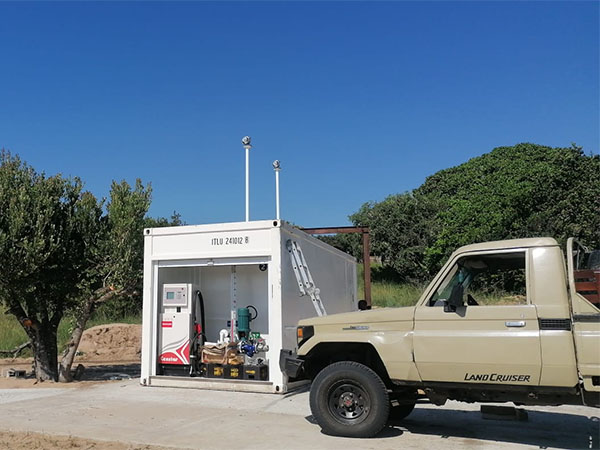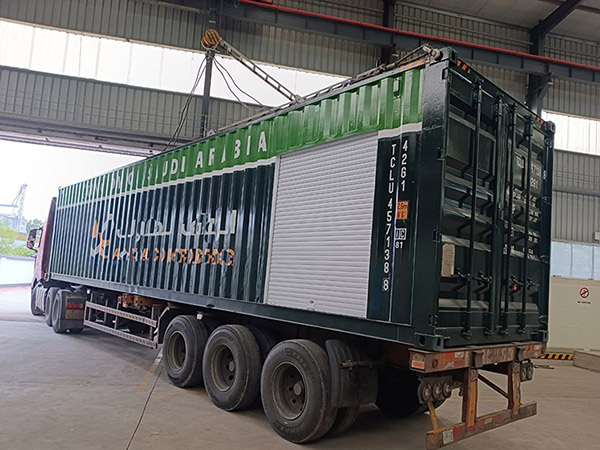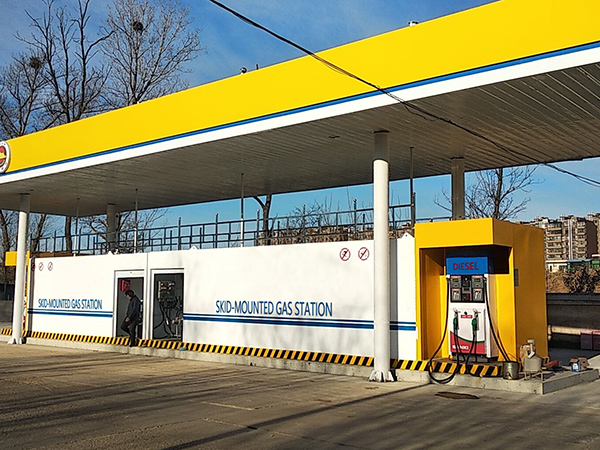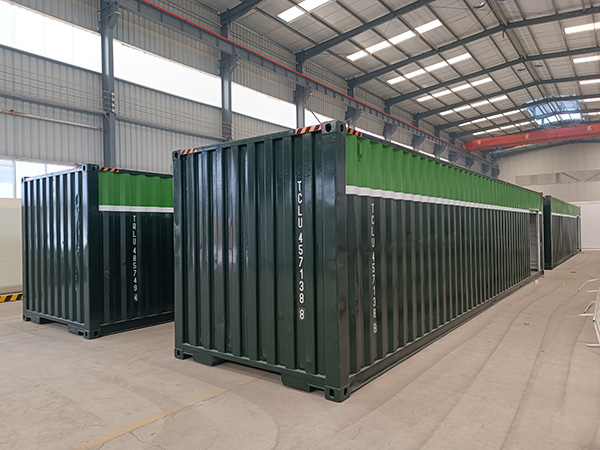Unsafe factors in installation and use of skid-mounted gas stations
Seven common safety hazards in the refueling area of gas stations
1. The refueling device does not use qualified barrier explosion-proof materials as required.
2. Firefighting equipment is not placed in the construction area or the firefighting equipment cannot play its due role.
3. The vehicle does not turn off the engine in time after entering the construction area.
4. The wind direction of the station area is not identified, and the construction transport vehicle is parked in the upwind area of the station area.
5. Construction workers smoke and make phone calls during construction.
6. Construction workers do not wear anti-static work clothes or wear shoes with metal such as iron nails for construction.
7. Sparks come out of the vehicle exhaust port.


Unsafe factors and phenomena in the installation of refueling equipment
1. Prevent construction workers from scratching and bumping during the process of unloading equipment and materials.
2. Avoid collisions between tools and equipment or collisions with hardened ground during the process of unloading equipment and materials to produce sparks.
3. Construction electrical equipment cannot be placed upwind of the construction tank or within a safe distance.
4. Construction materials or construction equipment, tools, etc. should be reasonably visited to avoid excessive stacking, tilting, falling, etc.
Unsafe factors and phenomena in the configuration and use of electrical equipment for construction
1. Not used in accordance with the "Technical Specifications for Temporary Electricity Safety at Construction Sites".
2. Use non-explosion-proof equipment.
3. The power cord used is aging, broken, or the wire core is too thin.
4. The connection point is not tightly pressed, sparking, and heating.
5. The equipment has no grounding wire.
6. There is no explosion-proof switch in the distribution box.
Unsafe factors and phenomena in the process of opening the oil tank
1. Open the tank without wearing protective equipment.
2. Open the tank when the fuel dispenser connected to the working tank is not powered off.
3. Use non-copper tools.
4. Use non-copper tools to knock on the tank mouth and its surroundings.
5. When the residual oil in the pumping pipe flange is removed, it is not properly handled in time, resulting in the formation of conditions for explosion.
6. After lifting the manhole cover, no fire blanket or asbestos pad was added.
7. In the process of lifting the manhole cover, the attached pipe collides with the tank mouth or the manhole cover falls and generates sparks.


Unsafe factors and phenomena in the cleaning process of oil storage tanks
1. Cleaning operations are carried out in bad weather such as high temperature, rain, strong wind, thunder and lightning.
2. Inward ventilation is carried out under conditions of low air pressure and unfavorable oil and gas diffusion.
3. Use non-explosion-proof ventilation ducts.
4. The oil and gas content around the tank mouth and in the tank is not detected.
5. Construction is carried out without a safety officer on site.
6. No ventilation is carried out in the tank.
7. The oil and gas content in the tank exceeds the standard and still enters the tank for operation.
8. Construction personnel enter the tank without a safety rope.
9. Protective equipment is used improperly or cannot function.
10. The breathing pipe is entangled and compressed, so that air cannot enter.
11. Use non-explosion-proof lighting fixtures.
12. Lighting fixtures fall, light sources are damaged, sparks are generated.
13. Non-explosion-proof tools are used, or tools do not have electrostatic equipment.
14. Construction workers do not rotate and work in the tank for a long time.
Unsafe factors and phenomena in the process of filling barrier explosion-proof materials
1. The oil, gas and oxygen content in the tank are not tested before filling the barrier explosion-proof materials.
2. Construction workers do not wear protective equipment when entering the tank.
3. Fresh air is not sent into the tank to increase the oxygen content.
4. Improper filling of barrier explosion-proof materials and dumping scratches construction workers.
Please keep in mind the above six points, which are closely related to our personal and property safety and must not be ignored. Through the above understanding, we have deeply realized the important role of barrier explosion-proof materials in gas stations. I hope that all major gas stations will take safety first as the principle.
Written by
TAIAN SHENGDING METAL CONTAINER MANUFACTURING CO., LTD.
Editor Wang
www.self-bunded-tank.com
WhatsApp : +86 152 5486 3111
Email :shengdingtank@126.com
- WhatsApp
- E-MailE-Mail:shengdingtank@126.com
- WeChatWeChat:15254863111









